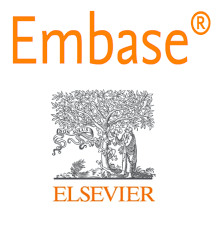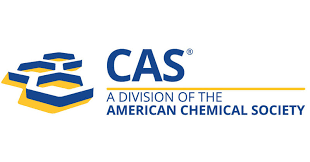ASSOCIATION OF ENDOTOXIN IN PRE AND POST HEMODIALYSIS
Keywords:
Endotoxin, CKD, dialyzer membrane and water dialysate.Abstract
Background: Endotoxemia is widely reported phenomenon in hemodialysis (HD) patients. Lipopolysaccharide (LPS) is a major structural component of the outer membrane of Gram-negative bacterial cell wall. Patients undergoing hemodialysis ‘three times per week’ can be exposed to 300–600 litre of water depending on their prescription. All kinds of treatment processes applied in this study have improved dialysis water purity and reduced levels of endotoxin.
Methodology: This study includes total 58 samples of pre & post dialysis 29 CKD patients with age and sex matched undergoing dialysis treatment in Hemodialysis unit of a tertiary care hospital Melmaruvathur Tamil Nadu. Endotoxin measurement was done by Human serum endotoxin, ET GENLISATM ELISA 96 test kit. All Statistical analysis in the study performed using SPSS for window version 20.0. The results summarized as mean ± Standard deviation (SD) and a two-tailed P-value less than 0.05 was considered to be statistically significant.
Result: The concentration of endotoxin level in pre-dialysis (1.3300 ± .80291) is increased and decreased in post- dialysis (1.2103 ±.66365) The endotoxin level between 29 samples of pre-dialysis and 29 samples of post- dialysis showed no significant difference 0.519 (p<0.05).
Conclusion: Endotoxiemia in hemodialysis patients is reduced by the use of dialyzer and dialyzing fluid. The dialyzer membrane made of Sevelamer lowers endotoxin levels. To improve patient outcome, the ultimate goal of Hemodialysis center is to achieve high quality, safe hemodialysis water treatment and dialysate by use of ultrapure fluids. The centers should emphasize and educate the importance and training to their employees as well as supporting adequately resourced infection control programs.
.png)









